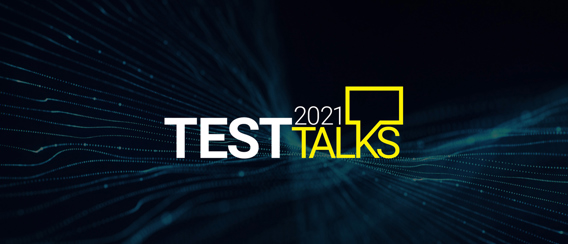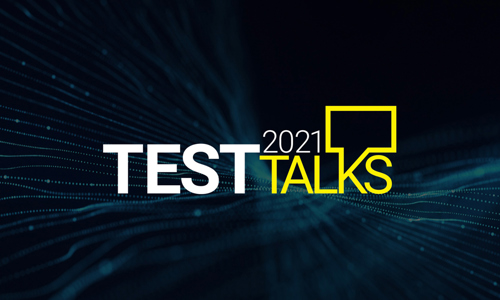5G challenges from R&D to field deployment
The last panel of the TEST Talks series took a deep dive into 5G and the world of open radio access networks (O-RAN) as an approach for the timely and reliable delivery of 5G services. Along with new opportunities, 5G promises new challenges in many different contexts ranging from R&D labs to fiber infrastructure deployment in the field, plus high-speed transport, timing, new interfaces, new transceivers, and the evolution of the O-RAN ecosystem.
Luis Miguel Contreras Murillo, Technology Expert at Telefónica; Harpinder Matharu, Senior Director at Xilinx and Antonio Tartaglia, System Manager at Ericsson were the guest speakers at this live panel, which was moderated by EXFO Director Sophie Legault.
Luis Miguel focused on radio functional splits in transport networks, in alignment with the industry’s inclination towards disaggregation and interoperability as can be seen by O-RAN architectures in trial phase. Luis Miguel touched on the coming diversity in network topology, and the complexity entailed in making new transmission technologies and protocols co-exist. He talked about the importance of stable testing environments for various scenarios and parameters to derive actionable insights.
Harpinder addressed 5G NR mMIMO and how beamforming allows to send multi-user data to multiple users sharing the same spectral resource in time. He showed how high throughput requirements are being met by system performance optimization (functional splits) that have proven successful in reducing bandwidth requirements by several factors. Harpinder provided insights into how O-RAN is being leveraged to manage and optimize transport throughput. He touched on the challenge of maintaining interoperability in heterogenous architectures, and highlighted adaptability (for instance, adaptable silicon technologies) as a key consideration to accommodate upcoming features as they come by.
As an expert in photonics, Antonio delved into the optical aspect; the fiber-optic network foundation in deploying RAN for 5G. He showed the major differences in the newer field of optics for RAN as compared to existing optics for data centers around which the industry still primarily rotates. He then explained how this may lead to potential gaps in terms of standards and specifications for optical solutions in the radio sphere. In a context where vendors must churn out more components at lower costs without compromising reliability, Antonio also underlined the importance of early system integration testing for optical components such as transceivers.
The speakers tackled several live questions from the audience around deployment timeframes, time-sensitive networking and test points, transceiver robustness and synchronization quality, testing relevance in contexts of component commoditization, latency issues and base station transmission budgets for O-RAN and eCPRI, interoperability issues and so on.
After the live panel, attendees were able to join in-depth technical sessions with subject matter experts. The following hot topics were on the menu:
- Evolution of xhaul transport
- 5G transceiver testing
- 5G fiber deployment made easy!
- Timing and synchronization critical for 5G



